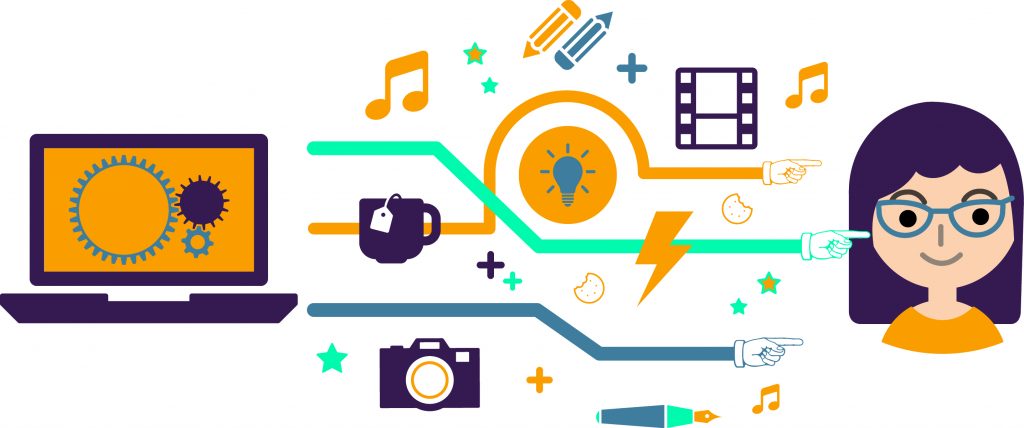 Here at Aid Works, we spend a lot of time helping organisations to improve their training sessions. Training is an essential part of aid organisations’ work, whether it be for staff (both local and international), government workers or local communities. PowerPoint is the ‘go to’ choice for most trainers, but it’s hard to create really effective presentations - we’ve all experienced boring and confusing training sessions with jumbled slides containing too much information! Better learning leads to better project implementation and training is about so much more than just giving people information. Here are our Top Ten Tips for improving how you train others.
Here at Aid Works, we spend a lot of time helping organisations to improve their training sessions. Training is an essential part of aid organisations’ work, whether it be for staff (both local and international), government workers or local communities. PowerPoint is the ‘go to’ choice for most trainers, but it’s hard to create really effective presentations - we’ve all experienced boring and confusing training sessions with jumbled slides containing too much information! Better learning leads to better project implementation and training is about so much more than just giving people information. Here are our Top Ten Tips for improving how you train others.
- Set objectives – be clear what you want the training to achieve and what key messages you want your participants to take away.
- Use more than just words – replace written information with a picture, video or an audio clip. Use YouTube or websites such as ReliefWeb to find videos to illustrate your point. You could even ask participants for their suggestions before your session.
- Make it participatory – think of the session as a game of table tennis - batting the ball back and forth with participants. Our rule of thumb is that you should be talking for no more than 30% of the time. Look at your slides and see if you can turn statements into questions or activities, which draw on the group’s experience and knowledge.
- Mix it up – change the pace of your session: ask questions, get participants to move around the room or to a break-out area, ask them to work in smaller groups or pairs, or to find someone they don’t know to discuss the topic with.
- Create a friendly atmosphere – we learn more when we’re happy. Any topic, no matter how procedural, can be fun. And don’t forget about people’s basic needs: food, drink, temperature, noise etc. How hard is it to concentrate when you’re hungry?
- Keep it real – we learn from experience; keep information practical and relevant to the participants’ work. You may like presenting theory, but ask yourself how your participants will use this knowledge.
- Acknowledge people’s priorities – as a trainer, nothing is more demoralising than seeing participants on their smartphones and computers answering emails. If you’re running a half-day or full-day course, build in regular breaks to check emails and answer phone calls. Ensure you protect these breaks and don’t shorten them.
- Honour uniqueness – people like to learn in different ways, have different personalities and come from different cultures; make sure you honour this.
- Kill the power – do you even need slides? Can you do the session without electricity? Aid Works staff love turning training on its head and seeing how it can be done without any PowerPoint slides. We spend so much time in front of a screen that it’s refreshing to get away. Get that flipchart out!
- Follow up – always follow up with your participants about the training. You can check if they have any questions, find out if it’s been useful to them and learn how you might improve the session in the future.
If you need help improving your training materials, we’re here to help. We can review your materials and give you feedback or design your course for you. Contact us to discuss your requirements.
